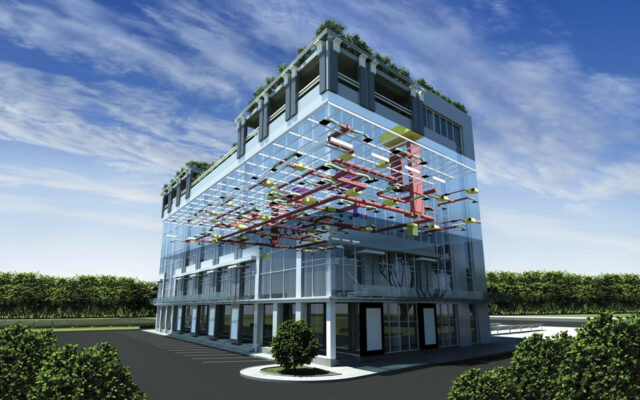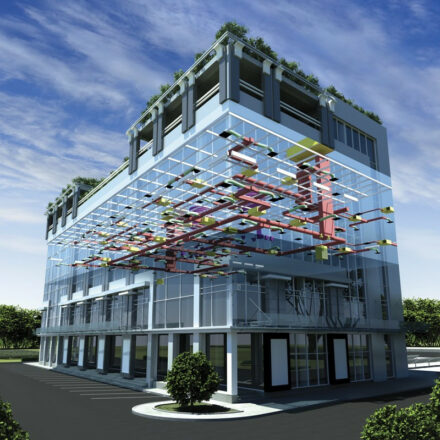Organizations across a wide range of industries are stepping up efforts to become more sustainable and energy efficient. Increasingly, artificial intelligence (AI) is becoming a trusted tool to help them accomplish those goals.
There are many reasons why organizations are adopting sustainable practices. Nations around the world are passing new legislation to encourage — and in some cases mandate — carbon-neutral practices. Investors are looking to fund companies with a reputation for environmental responsibility. Consumers are expressing their views with their wallets, purchasing products that are eco-friendly.
With pressure from all sides, it’s no wonder business leaders want to become more sustainable. To help them achieve these goals, many companies have turned to AI to help them optimize efficiency, identify areas of the business that aren’t operating optimally and mitigate risk.
Sustainability Use Cases for AI
Some of the most obvious applications of AI to improve sustainability are in the energy industry. AI can help utilities optimize production and delivery to improve efficiency and reduce harmful emissions. AI-powered analytics are improving weather and demand forecasting to help utilities prepare for severe weather. And oil and gas companies are using AI to analyze ground scans to find the best places to drill, reducing waste and minimizing damage to the environment.
In the transportation industry, AI is helping logistics companies streamline routes and speed supply chains to reduce greenhouse-gas emissions (GHG). As the automotive industry converts from internal combustion engines to electric vehicles, manufacturers are using AI to create the algorithms and software that power the new vehicles. And in much the same way oil and gas companies use AI to help them find the best places to drill, mining companies are using AI to help them find the best places to access the metals necessary for electric vehicle batteries, helping to decrease pollution and disruption to nature.
In the agriculture sector, Nature Fresh Farms is one of the largest independent greenhouse produce growers in Canada. They analyze data and high-resolution video as close to the edge as possible to enable growers to create optimal conditions to enhance produce quality and yield. To reduce overall water usage, spoon-like devices under each plant measures how much water doesn’t get used so they can adjust irrigation as needed.
Companies in many different industries are using AI to control new smart buildings that make better use of energy. For example, Siemens is helping customers reduce their buildings’ carbon footprints by leveraging edge and AI technologies to address building performance issues in real time. And AI is helping data centers reduce both power consumption and the need for cooling. That’s important because while AI offers a lot of potential benefits for the environment, it also consumes a lot of energy.
Reducing the Energy Required to do AI
AI applications are compute- and memory-intensive. They require significant electricity to run the servers that power them and to cool down the data centers where they operate.
Fortunately, there are steps organizations can take to minimize the negative environmental impacts of their AI efforts. One of the most impactful steps is to purchase infrastructure designed to be as energy efficient as possible. At Dell Technologies, we’re helping our customers drive positive solutions to achieve their sustainability goals through the power of innovative products and services designed to reduce waste, energy use and emissions. Since 2013, we have reduced the energy intensity of our PowerEdge servers by 83% (based on internal analysis from June 2022). Through continued innovation, what required six servers in 2013 can now be accomplished with one server today.
When it comes to Dell storage solutions, here again we are reducing the energy intensity of our technology and making it more efficient with each new generation. Dell PowerMax delivers 80% power savings per TB2 compared with the previous generation¹, and Dell PowerStore 3.0 delivers up to 60% more IOPS per watt.² Finally, our HCI systems align with sustainability IT goals, with multiple PowerEdge server models achieving EPEAT registered product status.³
Investing in innovative technology allows organizations to use AI to improve their sustainability efforts while also minimizing the negative impact of AI on the environment.
For more information about Dell’s efforts to promote sustainability, please visit our Advancing Sustainability page.
1 Sustainable IT Programs With As-A Service Models, Forrester, Feb 2022
2 Based on Dell’s internal analysis comparing power (kVA) per effective terabyte of the PowerMax 2500 compared with the PowerMax 2000, March 2022.
3 Source: Global Electronics Council – Servers: https://www.epeat.net/servers-search-result/page-1/size-100?manufacturerId=328


